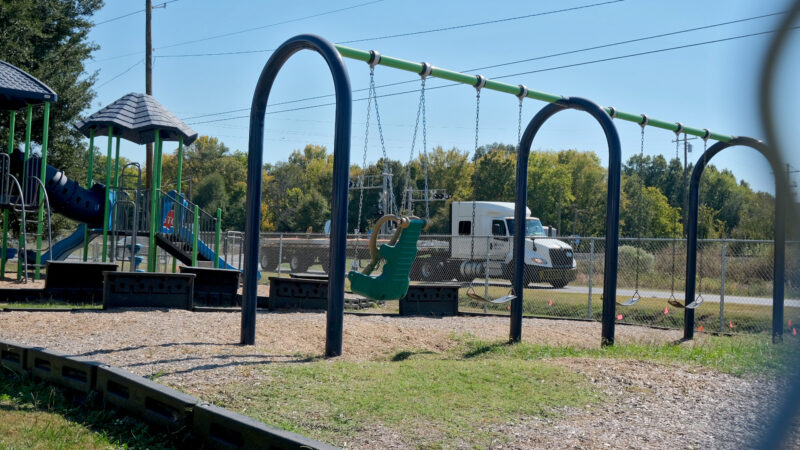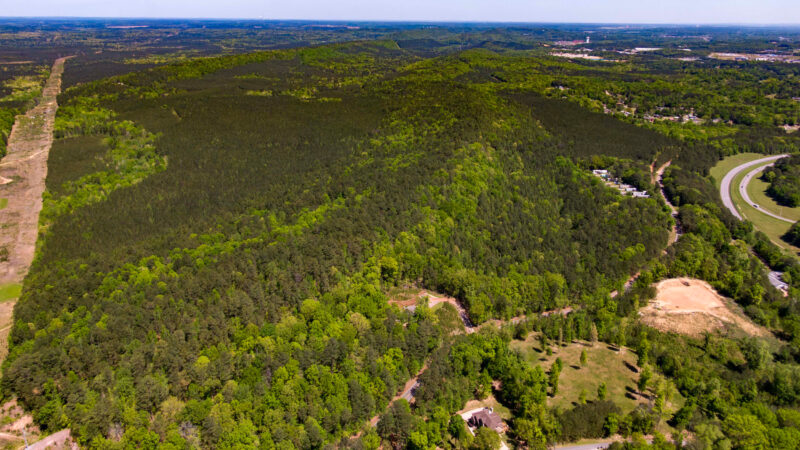Hack Exposes Vulnerability Of America’s Energy Supply Lines
Colonial Pipeline’s shutdown of its 5,500-mile pipeline Friday after a ransomware attack brought attention to the vulnerability of the energy infrastructure on which the country relies. The New York Times reported Sunday that it was unclear when the pipeline, which carries nearly half of the East Coast’s fuel supplies, would reopen.
This is not the first time the public’s attention has been turned to the things that can go wrong with the energy supply. In 2016, BirminghamWatch’s Hank Black wrote about the pipelines that run through the state and the Southeast. Here’s an excerpt:
By Hank Black, September 23, 2016
The Colonial Pipeline gasoline spill in Shelby County was a wake-up call for the public and the government about just how critical oil and gas pipelines are to America’s energy supply needs, and how such an incident could impact the environment.
The Cahaba River Society said the spill “very narrowly missed” entering the river, less than a mile away. CRS field director Randy Haddock, PhD, said pipeline safety isn’t top-of-mind until a significant incident occurs. “As the acute phase of this event ends, we expect to start having conversations” among advocacy groups, industry, government, and others about how to prevent or limit damage when another incident occurs, Haddock said. Some experts say the 50-year average age of the nation’s pipelines is cause for concern.
Alabama has 6,748 miles of interstate pipeline, plus more than 57,000 miles of smaller main and service lines that distribute product from a transmission pipeline. By comparison, Mississippi has 10,450 miles of interstate pipe, and Arkansas has 7,212 miles. Read the full story here.
Judge orders new Alabama Senate map after ruling found racial gerrymandering
U.S. District Judge Anna Manasco, appointed by President Donald Trump during his first term, issued the ruling Monday putting a new court-selected map in place for the 2026 and 2030 elections.
Construction on Meta’s largest data center brings 600% crash spike, chaos to rural Louisiana
An investigation from the Gulf States Newsroom found that trucks contracted to work at the Meta facility are causing delays and dangerous roads in Holly Ridge.
Bessemer City Council approves rezoning for a massive data center, dividing a community
After the Bessemer City Council voted 5-2 to rezone nearly 700 acres of agricultural land for the “hyperscale” server farm, a dissenting council member said city officials who signed non-disclosure agreements weren’t being transparent with citizens.
Alabama Public Television meeting draws protesters in Birmingham over discussion of disaffiliating from PBS
Some members of the Alabama Educational Television Commission, which oversees APT, said disaffiliation is needed because the network has to cut costs after the Trump administration eliminated all funding for public media this summer.
Gov. Kay Ivey urges delay on PBS decision by public TV board
The Republican governor sent a letter to the Alabama Educational Television Commission ahead of a Nov. 18 meeting in which commissioners were expected to discuss disaffiliation.
A proposed Bessemer data center faces new hurdles: a ‘road to nowhere’ and the Birmingham darter
With the City Council in Bessemer scheduled to vote Tuesday on a “hyperscale” data center, challenges from an environmental group and the Alabama Department of Transportation present potential obstacles for the wildly unpopular project.









